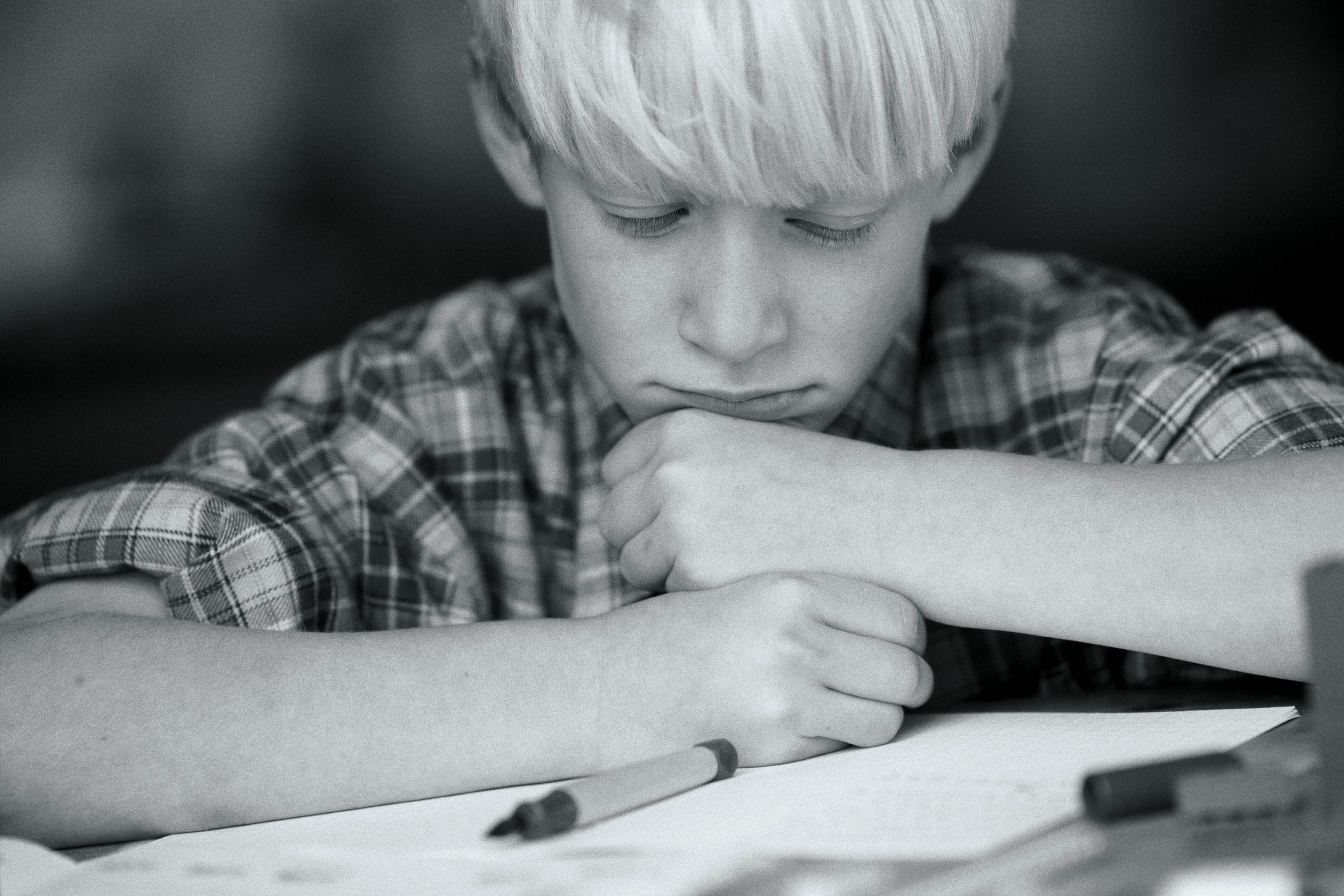Our program centers on the development and testing of effective and efficient interventions for anxiety and depression in children and adolescents. To date, there have been over 1500 controlled investigations of psychotherapy for youth. Results of these studies tell a consistent story -- we can produce substantial changes in youths' psychiatric symptoms, with treatment effect sizes in the moderate to large range. This would appear to be good news for the families of the 11.5 million youth seeking mental health services each year and for the public and private organizations charged with their care. However, while we have copious evidence that interventions for youth can work well (i.e., are efficacious), we have very little information about whether treatments for youth do work well in practice (i.e., are effective).
To begin addressing this knowledge gap, Dr. Robin Weersing and her collaborators have engaged in work defining the models of treatment used in community mental health care, testing the effectiveness of these community therapies for depressed and anxious youth, and assessing the outcomes of experimental, evidence-based psychotherapies (e.g., cognitive-behavioral therapy [CBT]) under conditions approximating real world clinical service. These studies have revealed that (1) the outcomes of community mental health care for youth depression and anxiety may not exceed the natural remission rates for these disorders, and (2) it may be possible to improve treatment outcomes by exporting CBT interventions from research settings into active clinical practice.
In addition to ChAAMP's research on the effectiveness of treatments, we are very interested in probing the mechanisms of action of psychosocial interventions, particularly treatments for emotional disorders. Current interests include understanding reduction of experiential avoidance as a central mechanism in successful treatments such as exposure and behavioral activation. Through a deeper understanding of the core processes in treatment, we hope to aid in the development of efficient, focused interventions for internalizing youth.
